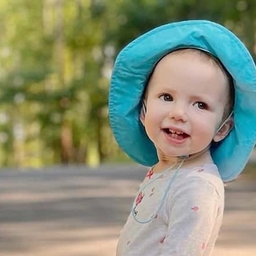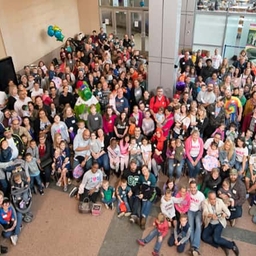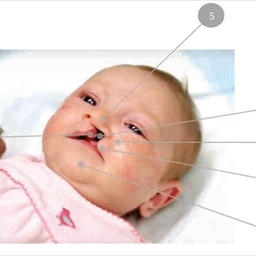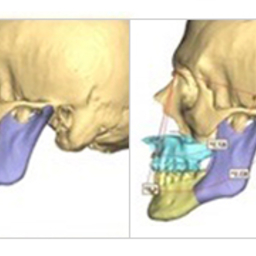
CHOP Surgeon Receives Ukrainian Order of Merit Award from Volodymyr Zelenskyy
Sep 29, 2023
Dr. Oksana Jackson accepted the award in September at the U.S. National Archives rotunda.
Every person on your child’s team has the same goal: to see your child thrive. The team might include many specialists, who are all here to give your child the highest level of support.

Sep 29, 2023
Dr. Oksana Jackson accepted the award in September at the U.S. National Archives rotunda.

Nov 11, 2022
The Division of Plastic, Reconstructive and Oral Surgery transforms the lives of children worldwide.
Jun 15, 2020
Prenatal correction of cleft lip and/or palate would offer benefits that are not attainable through conventional postnatal treatment. Learn about our work to correct it in the laboratory.

Jun 15, 2020
Learn about the international outreach missions, community partnerships and family events that support patients and families with cleft lip and palate.
Jun 15, 2020
Having a congenital appearance difference may present a variety of challenges for children and their families. Our dedicated psychosocial support services team is here to help you navigate challenges and maximize well-being.

Jun 15, 2020
Review a timeline of common cleft lip/palate procedures and typical age of treatment, from birth to adolescence.
Jun 15, 2020
One of the most important advances in the care of cleft lip and palate in the last 30 years is nasoalveolar molding (NAM).

Jun 15, 2020
Because the face and oral structures change as a child grows, the interdisciplinary team in our Cleft Lip and Palate Program follows children from before birth through adolescence.
Jun 15, 2020
Coordinators in the Center for Fetal Diagnosis and Treatment and the Plastic Surgery nurse coordinator at CHOP partner to address many of the fears associated with this prenatal finding, and prepare families for caring for their child after delivery.
Jun 15, 2020
Cleft lip with or without cleft palate is the most common craniofacial anomaly detected on routine prenatal screening ultrasound. At CHOP, prenatal assessment of facial clefts is done in the Center for Fetal Diagnosis and Treatment.